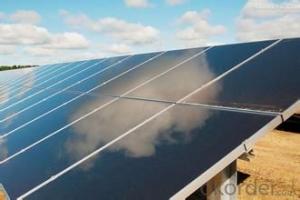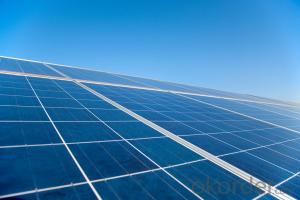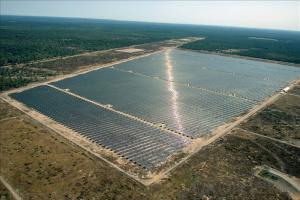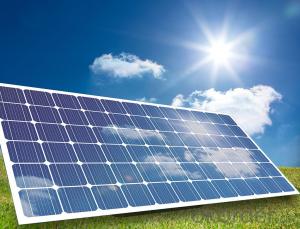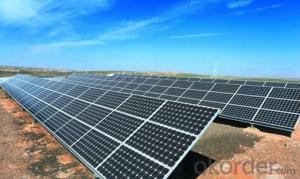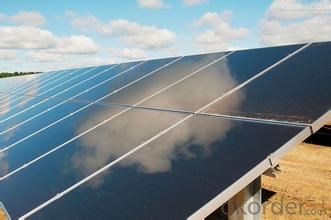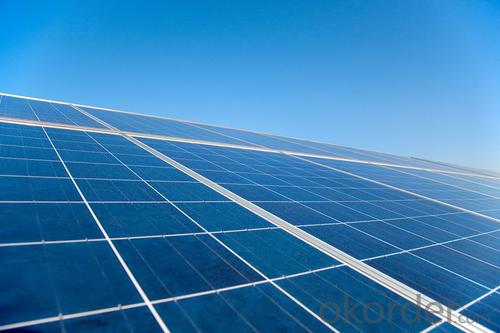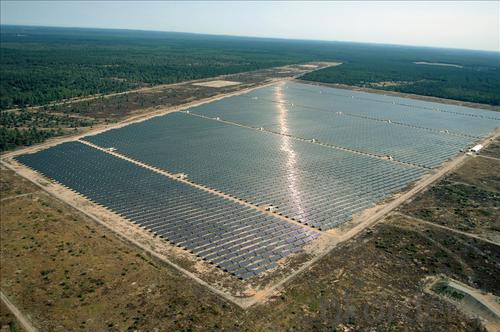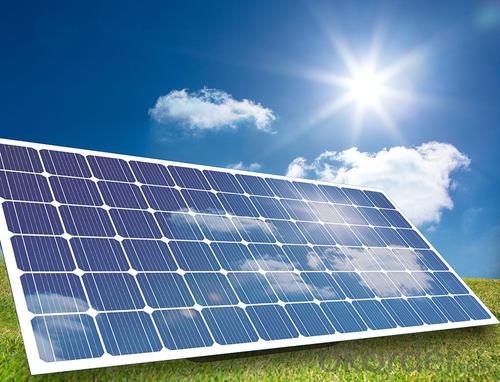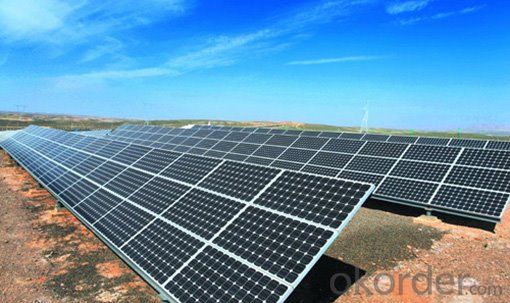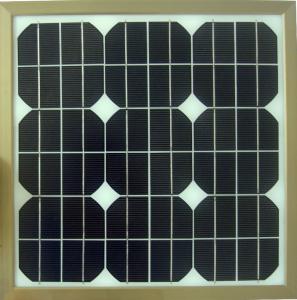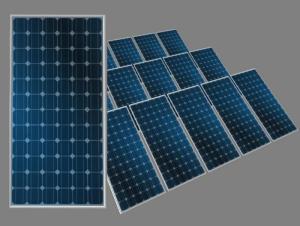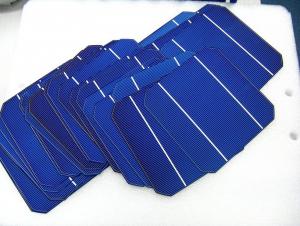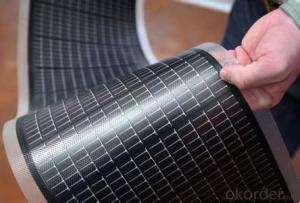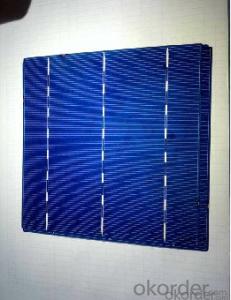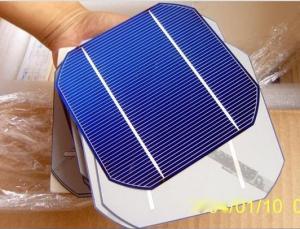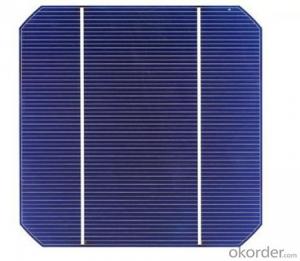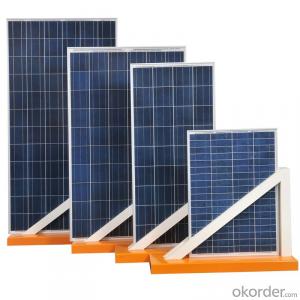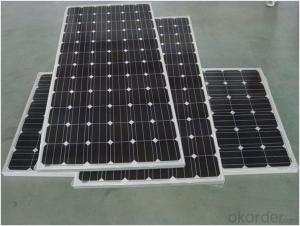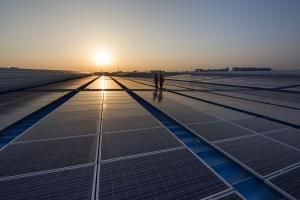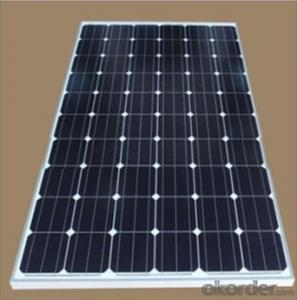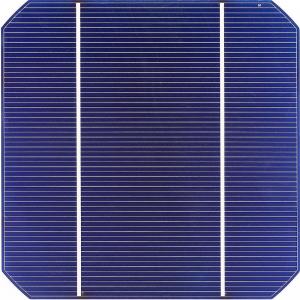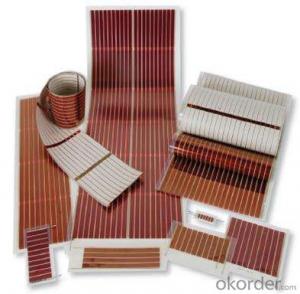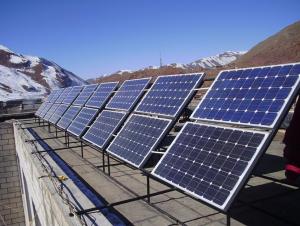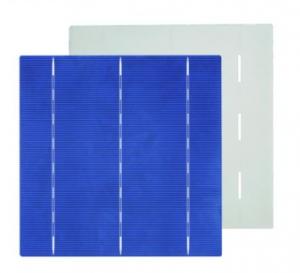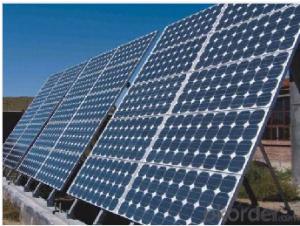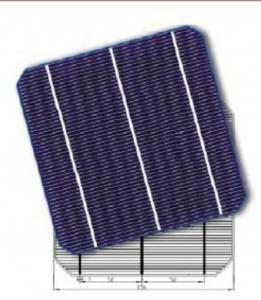High Efficiency Multi-Junction Solar Cells 10W to 310W Solar Module
- Loading Port:
- Shanghai
- Payment Terms:
- TT OR LC
- Min Order Qty:
- 11 watt
- Supply Capability:
- 111111 watt/month
OKorder Service Pledge
OKorder Financial Service
You Might Also Like
1.Structure of Solar Module Description
The solar module is an off-gird solar power generator, designed to provide stable and reliable electricity to homes and communities without access to grid electricity or to those regions where are short of power or even without power. The solar module is convenient to move, easy to set-up with reliable performance, making it ideal for situations where emergency power is required. It is an ideal & reliable energy source for a wide variety of applications, ranging from lighting , radios, fans ,televisions ,computers ,refrigerator. The USB port is compatible with all 5V-USB charged devices. It can also act as a back-up power source during emergency situations.
2.Main Features of the Solar Module
1).High conversion efficiencies resulting in superior power output performance.
2).Outstanding power output even in low light or high temperature conditions
3).Optimized design for ease of soldering and lamination
4).Long-term stability,reliability and performance
3.Solar Module Images
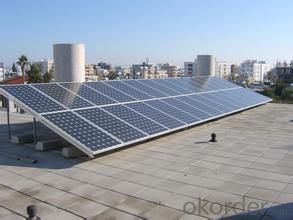
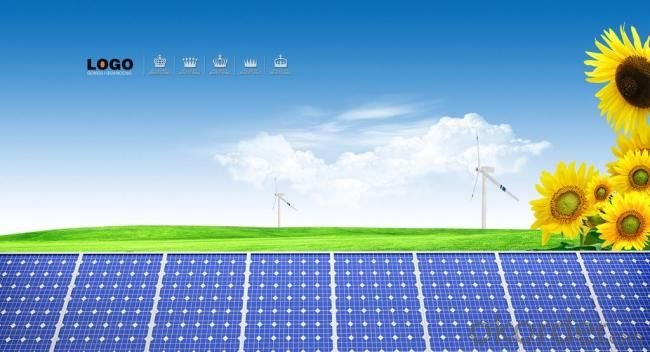
4.Solar Module Specification
| Parameter Type | Maxpower(W) | Dimension(MM) | Cell Type | Weight(kg) | Imp(A) | Vmp(V) | Isc(A) | Voc(V) |
| FUFENG280P-36 | 280 | 1960*990*46 | 156*156/6*12 | 22.50 | 7.65 | 36.57 | 8.19 | 43.77 |
| FUFENGP275p-36 | 275 | 1960*990*46 | 156*156/6*12 | 22.50 | 7.54 | 36.43 | 8.07 | 43.70 |
| FUFENGP270P-36 | 270 | 1960*990*46 | 156*156/6*12 | 22.50 | 7.44 | 36.28 | 7.96 | 43.63 |
| FUFENG265P-36 | 265 | 1960*990*46 | 156*156/6*12 | 22.50 | 8.53 | 36.14 | 9.13 | 43.56 |
| FUFENG260P-36 | 260 | 1960*990*46 | 156*156/6*12 | 22.50 | 7.22 | 36.00 | 7.72 | 43.48 |
| FUFENG255P-36 | 255 | 1960*990*46 | 156*156/6*12 | 22.50 | 7.08 | 36.00 | 7.57 | 43.48 |
| FUFENG250P-36 | 250 | 1960*990*46 | 156*156/6*12 | 22.50 | 7.05 | 35.42 | 7.55 | 43.41 |
| FUFENG245P-33 | 245 | 1800*990*46 | 156*156/6*11 | 20.60 | 7.39 | 33.13 | 7.91 | 39.93 |
| FUFENG240P-33 | 240 | 1800*990*46 | 156*156/6*11 | 20.60 | 7.27 | 33.00 | 7.78 | 39.86 |
| FUFENG235P-33 | 235 | 1800*990*46 | 156*156/6*11 | 20.60 | 7.12 | 33.00 | 7.69 | 39.86 |
| FUFENG230P-33 | 230 | 1800*990*46 | 156*156/6*11 | 20.60 | 7.08 | 32.47 | 7.57 | 39.79 |
| FUFENG225P-30 | 225 | 1640*980*40 | 156*156/6*10 | 18.60 | 7.62 | 29.52 | 8.15 | 36.18 |
| FUFENG220P-30 | 220 | 1640*980*40 | 156*156/6*10 | 18.60 | 7.30 | 30.12 | 7.81 | 36.30 |
| FUFENG215P-30 | 215 | 1640*980*40 | 156*156/6*10 | 18.60 | 7.16 | 30.00 | 7.66 | 36.24 |
| FUFENG210P-30 | 210 | 1640*980*40 | 156*156/6*10 | 18.60 | 7.11 | 29.52 | 7.61 | 36.18 |
| FUFENG205P-30 | 205 | 1640*980*40 | 156*156/6*10 | 18.60 | 6.94 | 29.52 | 7.43 | 36.18 |
| FUFENG200P-30 | 200 | 1640*980*40 | 156*156/6*10 | 18.60 | 6.85 | 29.16 | 7.33 | 36.12 |
| FUFENG195P-30 | 195 | 1640*980*40 | 156*156/6*10 | 18.60 | 6.68 | 29.16 | 7.15 | 36.12 |
| FUFENG190P-27 | 190 | 1485*980*40 | 156*156/6*9 | 17.00 | 7.15 | 26.56 | 7.65 | 32.56 |
| FUFENG185P-27 | 185 | 1485*980*40 | 156*156/6*9 | 17.00 | 6.96 | 26.56 | 7.45 | 32.56 |
| FUFENG180P-27 | 180 | 1485*980*40 | 156*156/6*9 | 17.00 | 6.85 | 26.24 | 7.33 | 32.50 |
| FUFENG175P-24 | 175 | 1330*980*40 | 156*156/6*8 | 16.40 | 7.29 | 24.00 | 7.80 | 28.99 |
| FUFENG170P-24 | 170 | 1330*980*40 | 156*156/6*8 | 16.40 | 7.08 | 24.00 | 7.57 | 28.99 |
| FUFENG165P-24 | 165 | 1330*980*40 | 156*156/6*8 | 16.40 | 6.98 | 23.61 | 7.47 | 28.94 |
| FUFENG160P-24 | 160 | 1330*980*40 | 156*156/6*8 | 16.40 | 6.86 | 23.32 | 7.34 | 28.89 |
| FUFENG130P-18 | 130 | 1485*668*35 | 156*156/4*9 | 11.60 | 7.20 | 18.00 | 7.72 | 21.74 |
| FUFENG120P-18 | 120 | 1485*668*35 | 156*156/4*9 | 11.60 | 6.86 | 17.49 | 7.34 | 21.67 |
| FUFENG100P-18 | 100 | 1245*668*35 | 156*130/4*9 | 11.60 | 5.71 | 17.49 | 6.11 | 2.67 |
| FUFENG90P-18 | 90 | 995*668*35 | 156*104/4*9 | 9.00 | 4.96 | 18.14 | 5.30 | 21.81 |
| FUFENG85P-18 | 85 | 995*668*35 | 156*104/4*9 | 9.00 | 4.79 | 17.71 | 5.13 | 21.70 |
| FUFENG80P-18 | 80 | 995*668*35 | 156*104/4*9 | 9.00 | 4.57 | 17.49 | 4.89 | 21.67 |
| FUFENG75P-18 | 75 | 930*668*35 | 156*95/4*9 | 8.20 | 4.28 | 17.49 | 4.58 | 21.67 |
| FUFENG70P-18 | 70 | 760*668*35 | 156*78/4*9 | 6.80 | 3.88 | 18.00 | 4.16 | 21.74 |
5.FAQ of Solar Module
1). Q: Are you a factory or trading company?
A: We are a factory.
2). Q: Where is your factory located? How can I visit there?
A: Our factory is located in Jiangyin, Jiangsu, China, near Shanghai. You are warmly welcomed to visit us!
3). Q: How can I get some samples?
A: Please connect me for samples
4). Q: Can the price be cheaper?
A: Of course, you will be offered a good discount for big amount.
- Q: What is the maximum efficiency achievable by a solar cell?
- The maximum efficiency achievable by a solar cell is determined by the Shockley-Queisser limit, which states that the theoretical maximum efficiency is around 33.7%. However, in practice, most commercially available solar cells have efficiencies ranging between 15% to 22%.
- Q: How do solar cells compare to fossil fuel-based power generation?
- Solar cells are a more sustainable and environmentally friendly option compared to fossil fuel-based power generation. Solar cells harness energy from the sun, a renewable source, while fossil fuel-based power relies on finite resources like coal, oil, and natural gas. Solar cells produce clean energy with no greenhouse gas emissions, helping to combat climate change, whereas fossil fuel-based power generation releases harmful pollutants and contributes to air and water pollution. Additionally, solar cells require less maintenance and have a longer lifespan than fossil fuel power plants, making them a more cost-effective and efficient choice in the long run.
- Q: Can solar cells be used to power electric vehicle charging stations?
- Yes, solar cells can be used to power electric vehicle charging stations. Solar panels can generate electricity from sunlight, which can then be used to charge electric vehicles. This renewable energy source is a sustainable and environmentally friendly option for powering charging stations.
- Q: Is it possible to learn how to make solar cells by yourself?
- I don't know how to make a solar cell by myself, but I am very interested in your trying to do it.
- Q: What is the impact of snow accumulation on solar cells?
- Snow accumulation on solar cells can have a negative impact on their performance and efficiency. When snow covers the surface of the solar panels, it prevents sunlight from reaching the cells, thereby reducing their ability to generate electricity. Additionally, the weight of the accumulated snow poses a risk of damaging the delicate solar cells or the entire panel structure. Therefore, it is important to regularly clear the snow from solar panels to ensure optimal energy production and prevent any potential damage.
- Q: How do solar cells handle fluctuating sunlight intensity?
- Solar cells are designed to handle fluctuating sunlight intensity by using a variety of techniques. One common approach is the use of maximum power point tracking (MPPT) algorithms, which constantly adjust the operating voltage and current to maximize the power output of the solar cell. Additionally, solar cells are often connected in series or parallel to create a larger array, which helps to average out the fluctuations in sunlight intensity. This combination of MPPT algorithms and array configuration enables solar cells to efficiently adapt and generate electricity even in varying light conditions.
- Q: I bought a new poly solar cells, and the test result of the conversion efficiency is 16.8%, is it lower than usual?
- Since you mentioned that your poly solar cells is a newly bought one, I strongly recommend you to ask your supplier.
- Q: Why and what is the low efficiency solar cell?
- The low efficient solar cells is usually considered to be the solar cells which can not provide as much power supply as the other conventional solar cell. Reaons varies based on different materials.
- Q: How are solar cells made?
- Solar cells are typically made using a process called photovoltaic (PV) technology, which involves the assembly of semiconductor materials, usually silicon, into thin layers. The silicon is purified and then shaped into wafers, which are then treated with various dopants to create the desired electrical properties. Metal contacts are added to these wafers, and the cells are encapsulated with protective materials. When sunlight hits the cell, the photons from the sunlight create an electric field across the layers, generating electricity.
- Q: How can I calculate the cost of using solar cells if I put a fully-functional solar system in my house?
- Sunrun solar lets you get started for as little as $0 down, but to install it, it will cost you a lot.
Send your message to us
High Efficiency Multi-Junction Solar Cells 10W to 310W Solar Module
- Loading Port:
- Shanghai
- Payment Terms:
- TT OR LC
- Min Order Qty:
- 11 watt
- Supply Capability:
- 111111 watt/month
OKorder Service Pledge
OKorder Financial Service
Similar products
Hot products
Hot Searches
Related keywords
